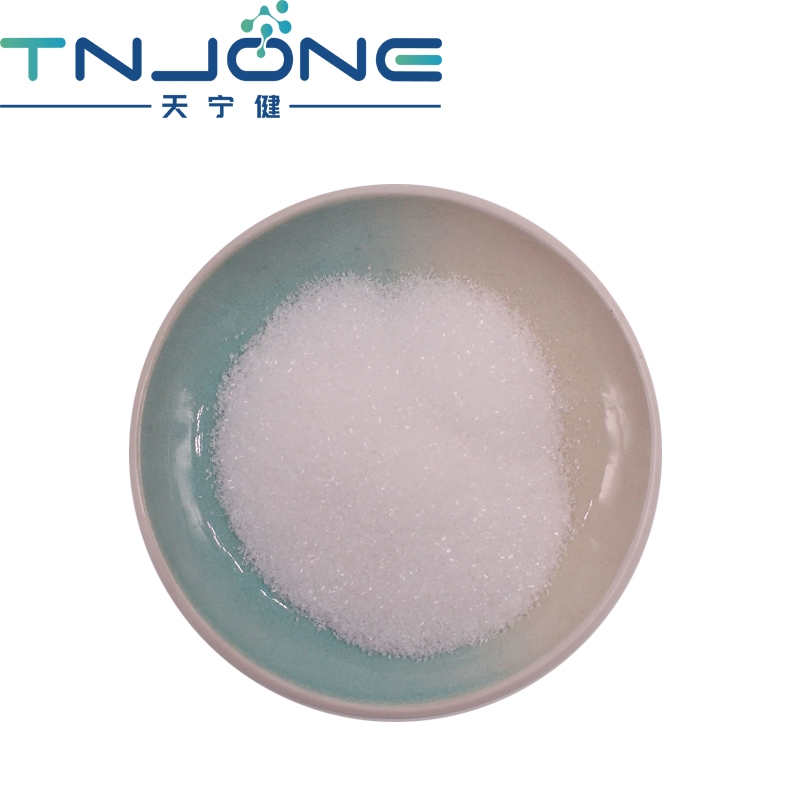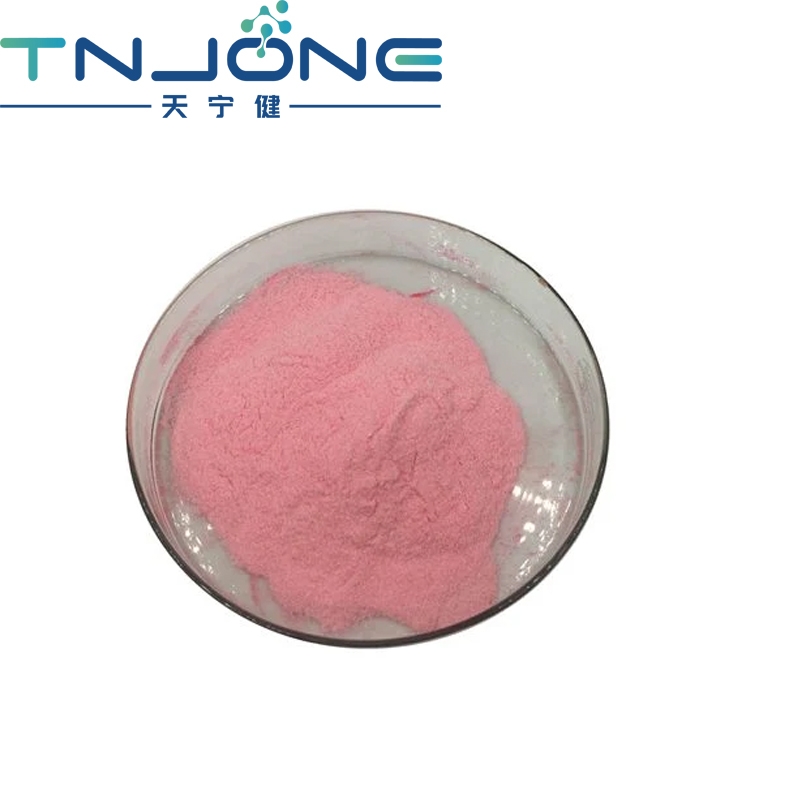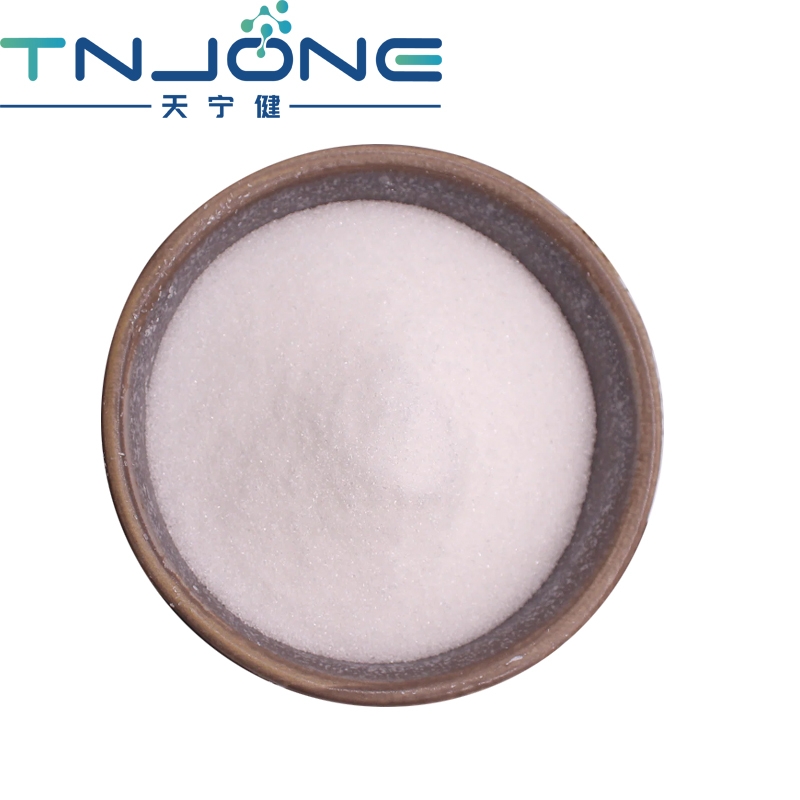-
Categories
-
Pharmaceutical Intermediates
-
Active Pharmaceutical Ingredients
-
Food Additives
- Industrial Coatings
- Agrochemicals
- Dyes and Pigments
- Surfactant
- Flavors and Fragrances
- Chemical Reagents
- Catalyst and Auxiliary
- Natural Products
- Inorganic Chemistry
-
Organic Chemistry
-
Biochemical Engineering
- Analytical Chemistry
-
Cosmetic Ingredient
- Water Treatment Chemical
-
Pharmaceutical Intermediates
Promotion
ECHEMI Mall
Wholesale
Weekly Price
Exhibition
News
-
Trade Service
A viscous liquid can save a child's life, but how to name or classify it, is it a food or a medicine? Rich in energy and nutrients, this product can be in the form of a viscous liquid or a solid state, and is suitable for children
aged 6 to 59 months with severe acute malnutrition.
Community health professionals can restore malnourished children to health
in 4-6 weeks using a single box, along with appropriate care.
However, ready-to-eat therapeutic foods, as the name suggests, mean that it is difficult to classify
them according to traditional criteria.
aged 6 to 59 months with severe acute malnutrition.
Community health professionals can restore malnourished children to health
in 4-6 weeks using a single box, along with appropriate care.
However, ready-to-eat therapeutic foods, as the name suggests, mean that it is difficult to classify
them according to traditional criteria.
You may ask, why do you have to categorize? Accurate classification is a necessary step to ensure that products meet safe manufacturing standards and contain key nutrients
.
Moreover, products that cannot be accurately defined cannot be used for consumption
.
.
Moreover, products that cannot be accurately defined cannot be used for consumption
.
Thus, at the request of the United Nations Children's Fund (UNICEF), the Codex Alimentarius Commission adopted new guidelines on ready-to-use therapeutic foods, which is a major breakthrough
.
While this may seem like a technical exercise that has little to do with ordinary people, the guidelines adopted by the Codex Alimentarius Commission, the joint FAO-WHO standard-setting mechanism, are an extremely important step in paving the way
for ready-to-use therapeutic foods to be integrated into national health systems by governments.
.
While this may seem like a technical exercise that has little to do with ordinary people, the guidelines adopted by the Codex Alimentarius Commission, the joint FAO-WHO standard-setting mechanism, are an extremely important step in paving the way
for ready-to-use therapeutic foods to be integrated into national health systems by governments.
Some 20 countries currently produce ready-to-use therapeutic foods, and an obstacle to scaling up production is that it is difficult to fit them into existing product categories and therefore no specific standards
have been developed.
have been developed.
Maria Sipsit, FAO Nutrition Officer, said: "The Codex Alimentarius Commission has issued new guidelines that give governments an official basis
for developing nutrition treatment programmes for severe acute malnutrition in children.
”
for developing nutrition treatment programmes for severe acute malnutrition in children.
”
UNICEF nutrition specialist Alison Fleet said: "This is not a medicine, not a bag of beans or a bag of wheat, but a therapeutic food
.
Governments were previously unclear about how to regulate because it was difficult to classify
them according to conventional food or drug categories.
”
.
Governments were previously unclear about how to regulate because it was difficult to classify
them according to conventional food or drug categories.
”
All this means that even if aid agencies like USAID are willing to spend more money on procurement, only a quarter of children with severe acute malnutrition receive this humanitarian assistance
, subject to production constraints.
At the same time, since 2016, inflation, climate change, droughts and floods, and emerging crises have led to a 40%
increase in the number of emaciated children in some countries.
Overcoming the last bottleneck by creating the conditions for mass production of ready-to-use therapeutic foods is why UNICEF called for action by Codex Alimentarius
.
, subject to production constraints.
At the same time, since 2016, inflation, climate change, droughts and floods, and emerging crises have led to a 40%
increase in the number of emaciated children in some countries.
Overcoming the last bottleneck by creating the conditions for mass production of ready-to-use therapeutic foods is why UNICEF called for action by Codex Alimentarius
.
The Codex Alimentarius Commission's guidelines are comprehensive and cover nutrients, additives and labelling requirements, as well as appropriate safety requirements
for issues such as possible bacterial contamination.
But the Codex Alimentarius Commission does not require ready-to-use therapeutic foods to be made with specific ingredients, such as peanuts
.
Cereals, seeds, pulses or any locally available ingredient can be used to reflect local ingredients and taste preferences, provided nutritional, safety and scientific standards
are met.
for issues such as possible bacterial contamination.
But the Codex Alimentarius Commission does not require ready-to-use therapeutic foods to be made with specific ingredients, such as peanuts
.
Cereals, seeds, pulses or any locally available ingredient can be used to reflect local ingredients and taste preferences, provided nutritional, safety and scientific standards
are met.
On this basis, UNICEF and WHO plan to recommend ready-to-use therapeutic foods to countries and recommend that they be included in the list
of essential medicines.
"WHO is pleased that the Codex Alimentarius Commission has developed guidelines for ready-to-use therapeutic foods, providing clear standards for this product, which will drive the current discussion on the inclusion of ready-to-use therapeutic foods in the list of essential medicines, with more children expected to benefit as ready-to-use therapeutic foods enter national programmes to
treat severe acute malnutrition," explained Jaden Bendabunda, WHO Technical Officer.
”
of essential medicines.
"WHO is pleased that the Codex Alimentarius Commission has developed guidelines for ready-to-use therapeutic foods, providing clear standards for this product, which will drive the current discussion on the inclusion of ready-to-use therapeutic foods in the list of essential medicines, with more children expected to benefit as ready-to-use therapeutic foods enter national programmes to
treat severe acute malnutrition," explained Jaden Bendabunda, WHO Technical Officer.
”
Currently, 67% of ready-to-use therapeutic foods procured by UNICEF come from countries
that need to use the product.
South Africa has been driving standards development as a supplier with support from Uganda and Senegal, with UNICEF providing technical guidance
during the standards development process.
Following the adoption of the guidelines, a number of other developing countries have also expressed interest in producing ready-to-use therapeutic foods
.
that need to use the product.
South Africa has been driving standards development as a supplier with support from Uganda and Senegal, with UNICEF providing technical guidance
during the standards development process.
Following the adoption of the guidelines, a number of other developing countries have also expressed interest in producing ready-to-use therapeutic foods
.
With worsening global food insecurity, particularly hit by regions such as the Horn of Africa and the Sahel, it is hoped that the mass production of ready-to-use therapeutic foods will help close the gap between supply and demand, thereby reaching some of the most vulnerable children
on the planet.
on the planet.
Related Links:
Codex Alimentarius:
FAO's work on food safety and quality:
This article is an English version of an article which is originally in the Chinese language on echemi.com and is provided for information purposes only.
This website makes no representation or warranty of any kind, either expressed or implied, as to the accuracy, completeness ownership or reliability of
the article or any translations thereof. If you have any concerns or complaints relating to the article, please send an email, providing a detailed
description of the concern or complaint, to service@echemi.com. A staff member will contact you within 5 working days. Once verified, infringing content
will be removed immediately.







